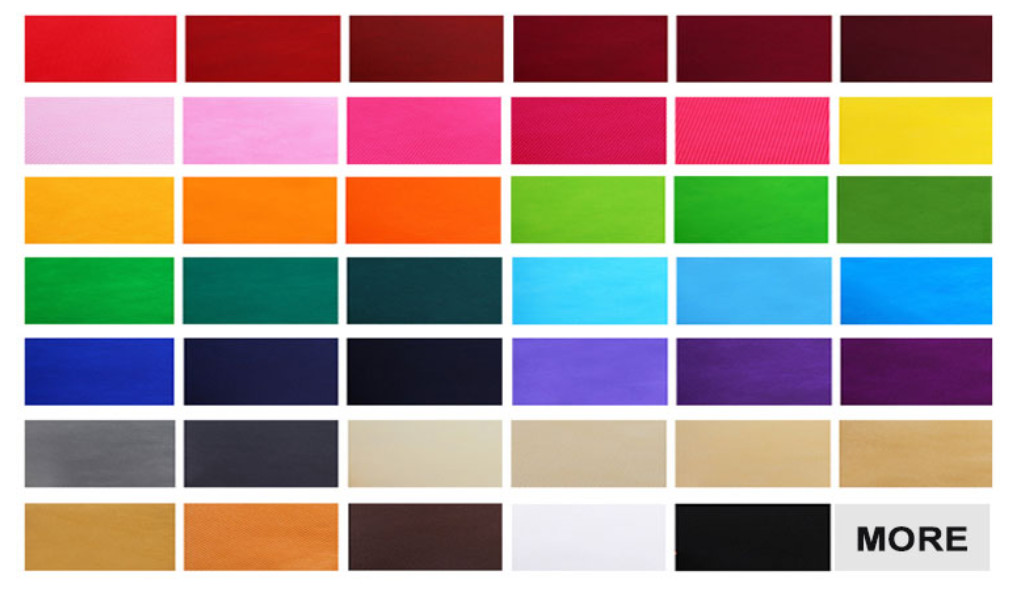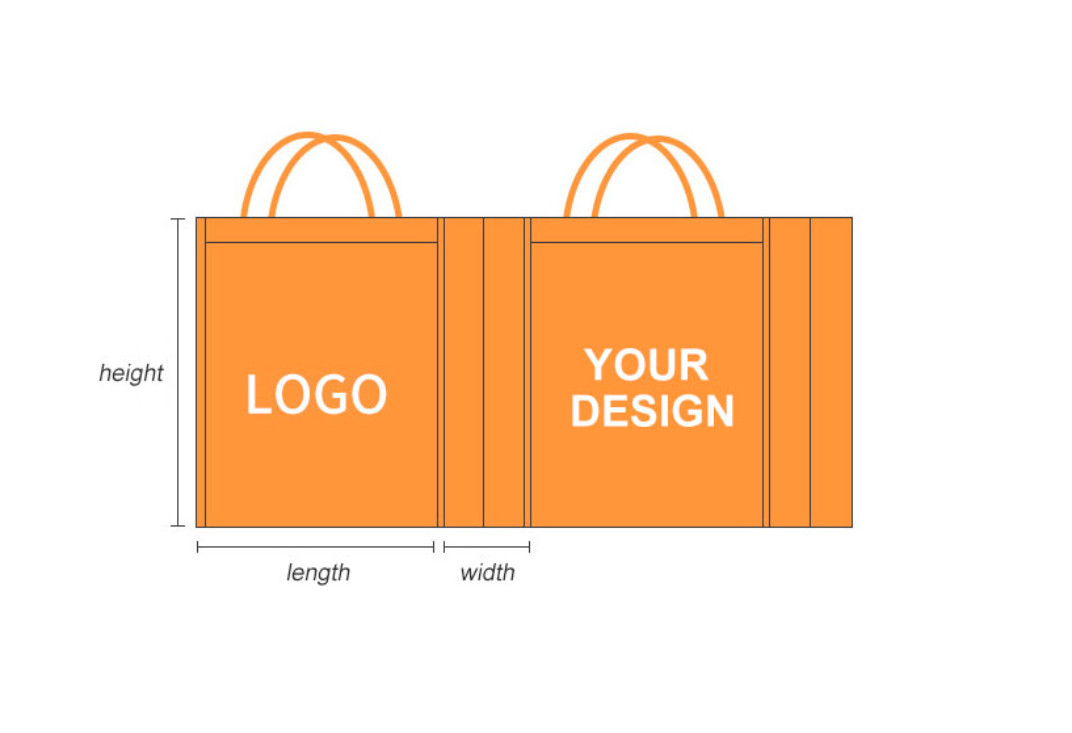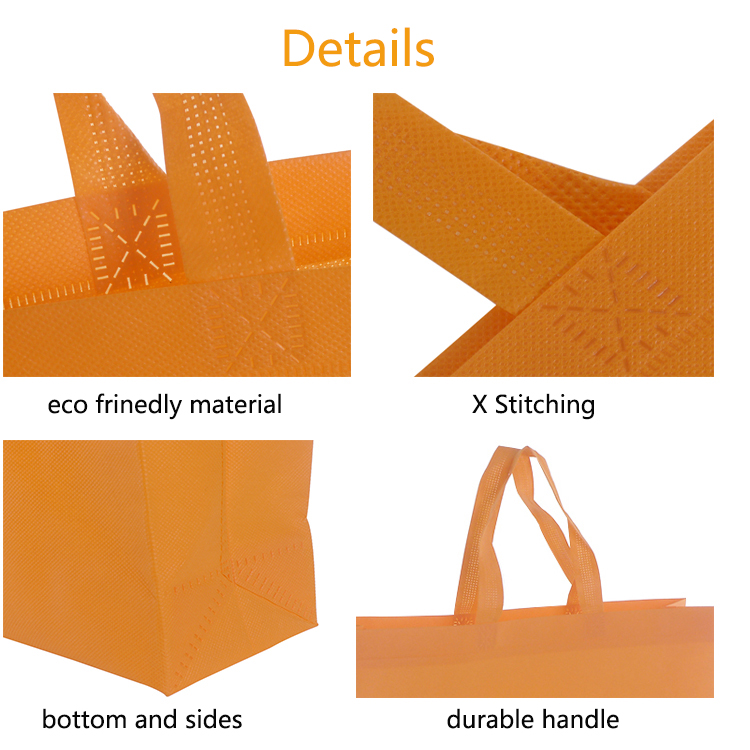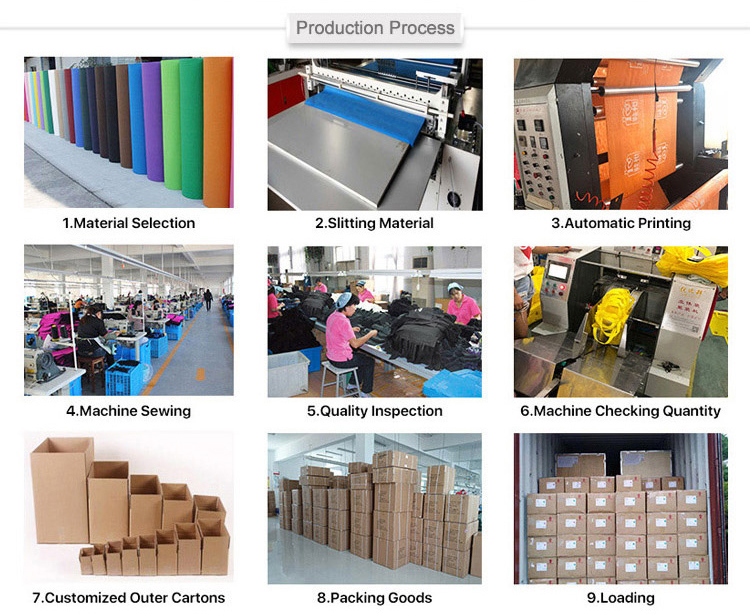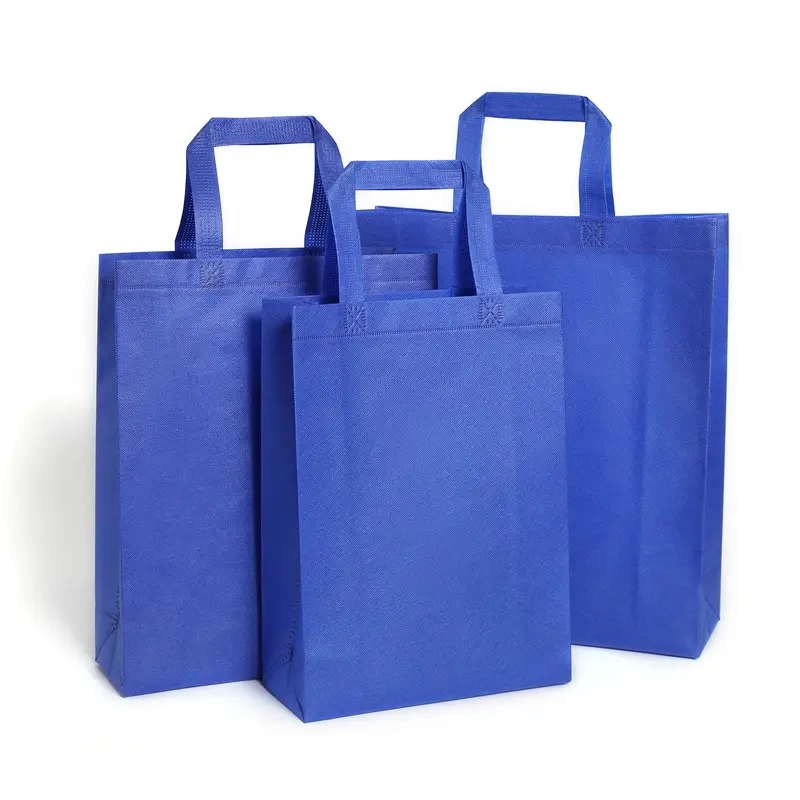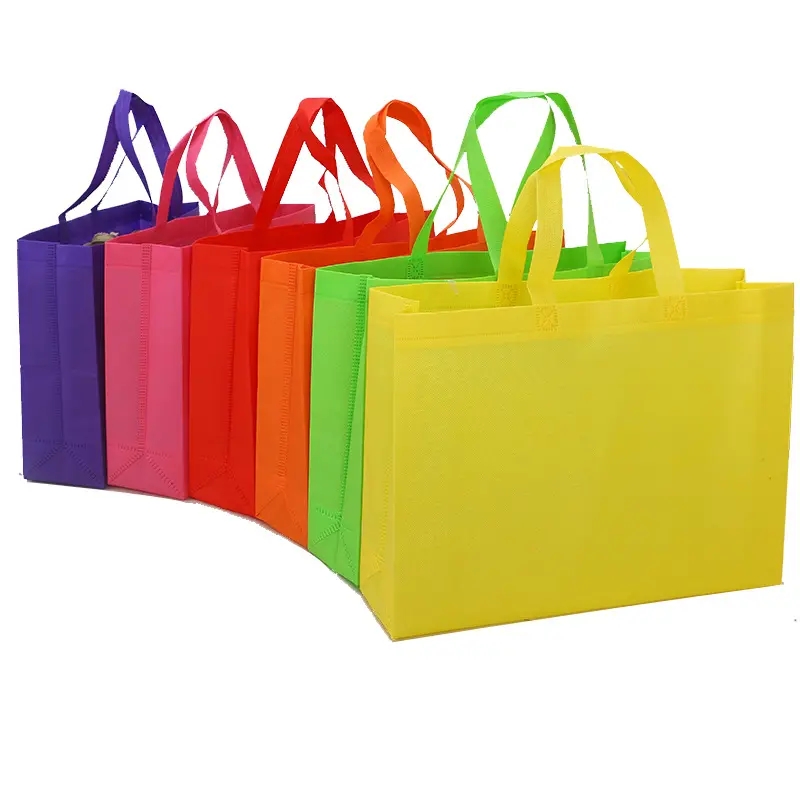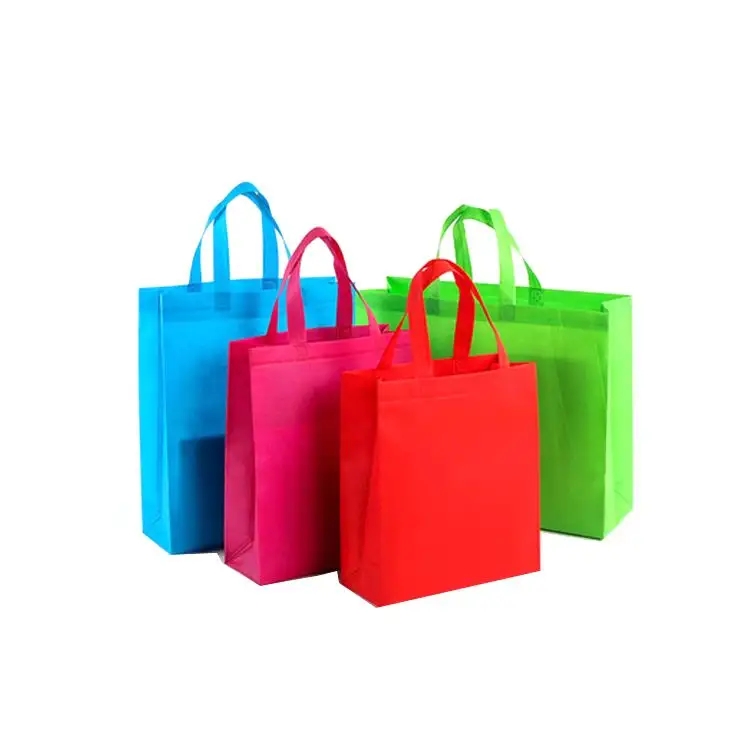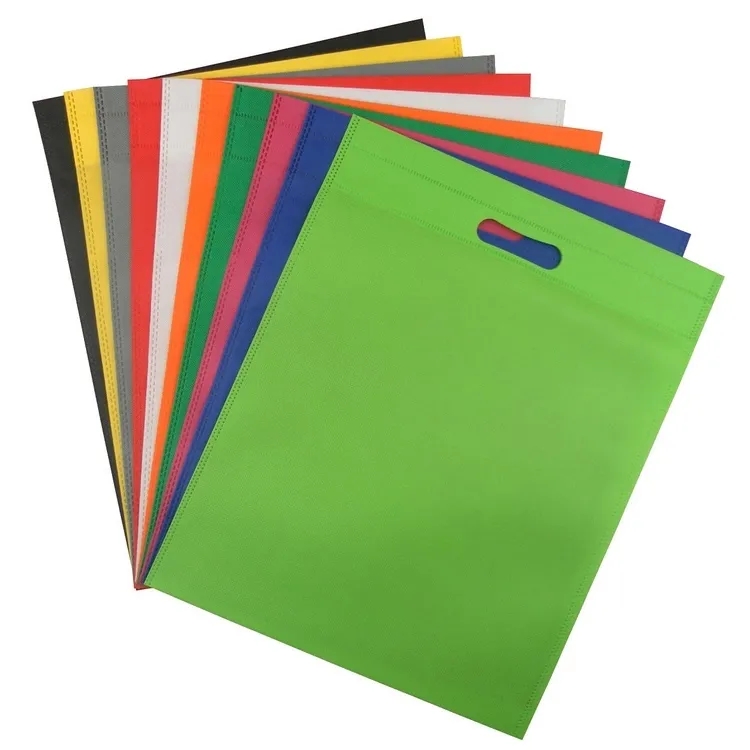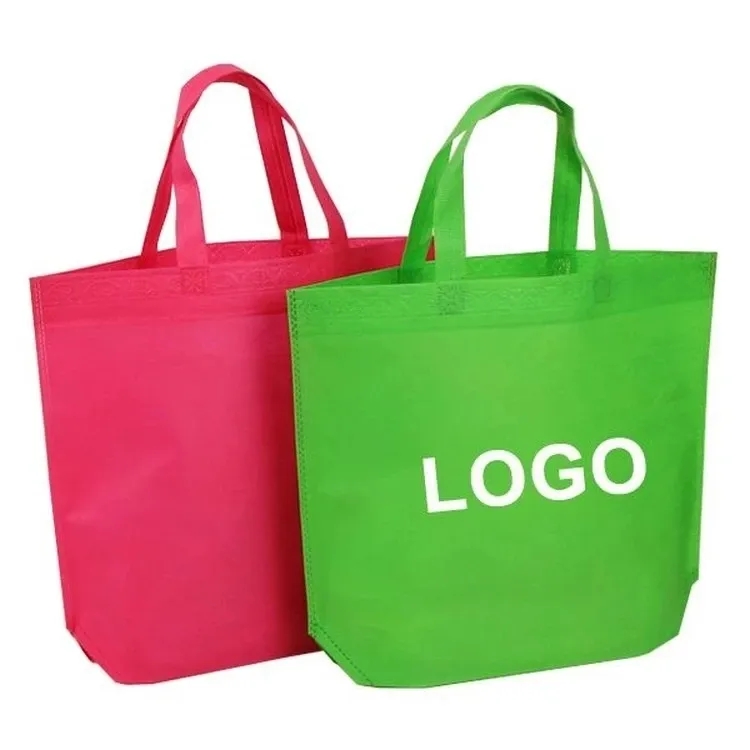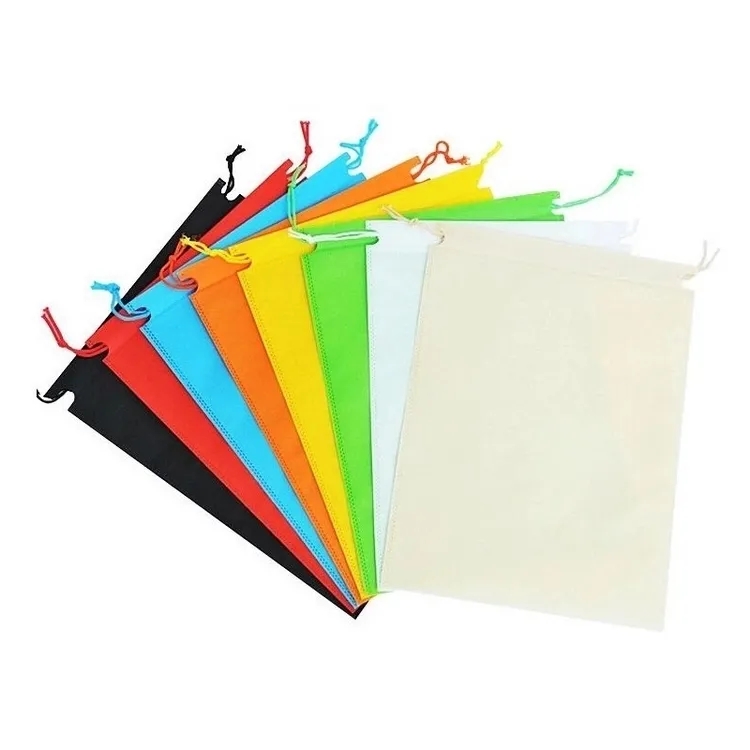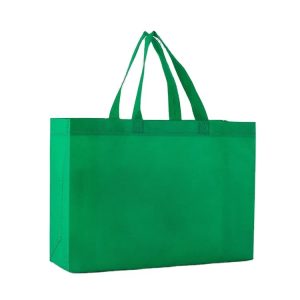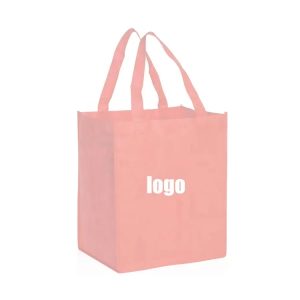Non-Woven Bags: A Sustainable Shift Towards Responsible Carrying
Introduction: In the wake of escalating environmental concerns, non-woven bags have emerged as a transformative solution to replace traditional plastic bags. These versatile, eco-friendly carriers are gaining traction for their durability, reusability, and environmentally conscious manufacturing processes. In this article, we delve into the distinctive features, advantages, and intricate production methods of non-woven bags, highlighting their essential role in curbing plastic pollution and fostering mindful consumer behavior.
The Green Significance of Non-Woven Bags: Non-woven bags are meticulously crafted by bonding long fibers through mechanical, thermal, or chemical processes. Unlike plastic bags that wreak havoc on ecosystems, non-woven bags are biodegradable and readily recyclable. Their remarkable durability extends their lifespan, reducing the need for frequent replacements and minimizing waste generation.
Key Features and Benefits:
Exceptional Strength and Durability: Non-woven bags are designed to carry heavy loads, making them a reliable choice for various tasks, from shopping to daily chores.
Eco-Friendly Composition: Crafted from natural fibers or recyclable synthetic materials, non-woven bags have a significantly lower environmental impact. Gradually decomposing, they alleviate stress on landfills and marine ecosystems.
Sustainable Reusability: Non-woven bags’ robustness supports multiple uses, lessening the demand for single-use plastics. They can be easily washed, ensuring hygiene and prolonged usability.
Personalization Possibilities: Non-woven bags offer customization options, available in various colors, sizes, and captivating designs, blending utility with style.
Economical and Environmentally Wise: While non-woven bags might have a slightly higher initial cost, their extended lifespan translates to cost-effectiveness, surpassing the short-lived nature of plastic bags.
Unveiling the Manufacturing Process: The production of non-woven bags involves meticulous steps:
Web Formation: Long fibers are intricately arranged to create a web-like structure using techniques such as spinning, carding, or air-laid methods.
Bonding: These fibers undergo mechanical (needle punching), thermal (heat bonding), or chemical (adhesive bonding) processes to achieve structural cohesion.
Precision Cutting and Shaping: The bonded fabric is accurately cut and shaped into desired bag dimensions.
Artistic Expression and Finishing: Intricate designs come to life with eco-friendly inks. The bags are then equipped with handles, zippers, or other practical closures.
Championing Responsible Choices: Choosing non-woven bags over disposable plastics demonstrates a commitment to a cleaner environment. Retailers that offer non-woven bags showcase their dedication to sustainability, raising awareness about the collective responsibility of preserving the planet.
Conclusion: Non-woven bags exemplify the fusion of durability and environmental mindfulness in the realm of carrying solutions. Their innovative manufacturing techniques, combined with their resilience, reusability, and recyclability, position them as essential tools in combating plastic waste and embracing a greener future. By embracing non-woven bags, you embark on a journey to safeguard the Earth for present and future generations, all while incorporating a practical and stylish accessory.
